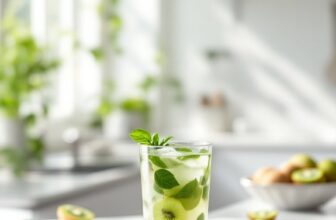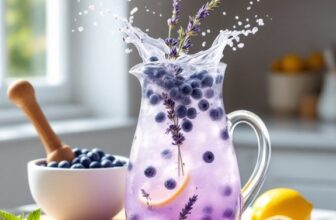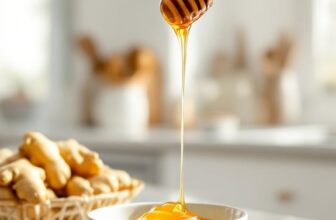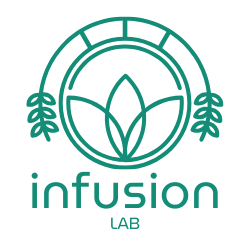Herbal Christmas Eve Chamomile Infusion for Sleep
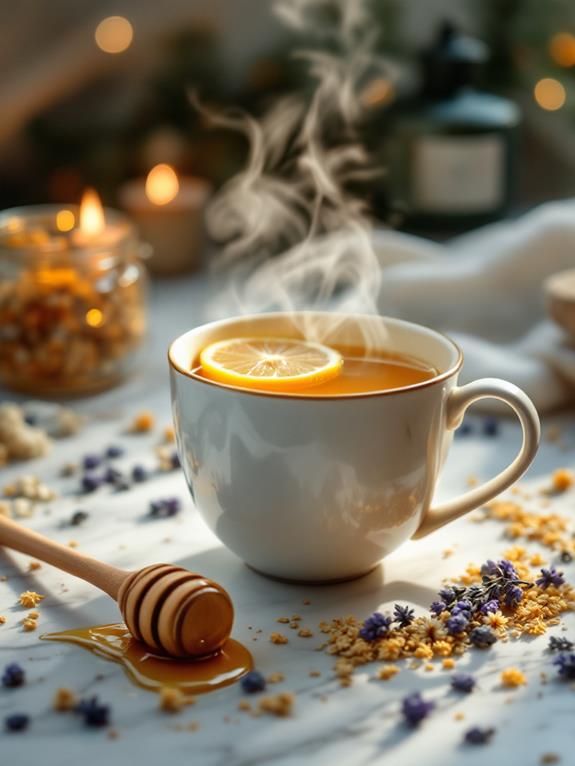
Unlocking Wellness: A Beginner’s Guide to Herbal Infusions
Imagine a steaming cup, fragrant with the essence of nature.It’s not just tea; it’s an infusion – a potent elixir brimming with the healing power of herbs. For centuries, cultures around the world have harnessed the magic of infusions for both culinary delight and medicinal purposes. Today, we embark on a journey to explore this ancient practise, uncovering its secrets and empowering you to create your own wellness rituals at home.
Why Infusions Matter:
Infusions are more than just flavorful beverages; they’re gateways to holistic well-being. By steeping herbs in hot water, we extract their beneficial compounds – antioxidants, vitamins, minerals, and phytonutrients – transforming ordinary water into a nourishing tonic. This simple process allows us to tap into nature’s pharmacy, addressing everything from stress and sleeplessness to digestive discomfort and immune support.
Crafting Your First Infusion:
Let’s demystify the art of infusion-making with a classic recipe: Chamomile Serenity Infusion.
Ingredients:
1 teaspoon dried chamomile flowers
1 cup boiling water
Honey (optional)
Fresh lemon slice (optional)
Instructions:
- Heat the Water: Bring a cup of fresh, filtered water to a rolling boil in a saucepan.
- Infuse the Herbs: Place the dried chamomile flowers in a heat-resistant teapot or mug. pour the boiling water over the herbs, ensuring they are fully submerged.
- Steep and Savor: Cover the teapot or mug with a lid and allow the infusion to steep for 5-7 minutes. The longer you steep, the stronger the flavor and potency will be.
- Strain and Sweeten: Carefully strain the infusion through a fine-mesh sieve into your favorite cup. Add honey to taste if desired.
- Garnish and Enjoy: For an extra touch of freshness, garnish with a thin slice of lemon.Sip slowly, allowing the calming aroma and gentle flavor to soothe your senses.
Pro Tips for Infusion Mastery:
Herb Quality Matters: Choose high-quality, organic herbs whenever possible.Dried herbs are readily available and have a longer shelf life.
Experiment with Flavor Combinations: Don’t be afraid to blend different herbs to create unique infusions tailored to your taste and needs. Lavender and lemon balm for relaxation, peppermint and ginger for digestion, or rosemary and thyme for immune support are just a few examples. Temperature is Key: Different herbs require varying steeping temperatures. Delicate herbs like chamomile and lavender thrive in lower temperatures (around 170-180°F), while robust herbs like rosemary and sage can handle boiling water.
Mindful Consumption: Listen to your body and adjust the amount of infusion you consume based on its effects. Start with smaller quantities and gradually increase as needed.
Beyond the Cup: The Healing Power of Infusions:
infusions are not limited to beverages; their versatility extends to culinary creations and topical applications.
Culinary Delights: Infuse oils with herbs like rosemary, thyme, or basil to elevate your cooking. steep dried flowers in vinegar for vibrant salad dressings.
Natural Remedies: Create soothing compresses by steeping chamomile or calendula flowers in warm water. Apply topically to soothe skin irritations or muscle soreness.
Frequently Asked Questions:
- How long can I store herbal infusions?
refrigerated herbal infusions are best consumed within 2-3 days for optimal freshness and flavor.
- Can I reuse herbs for multiple infusions?
While you can technically steep herbs multiple times, the potency and flavor will diminish with each subsequent infusion. It’s generally recommended to use fresh herbs for each batch.
- Are there any contraindications for herbal infusions?
Always consult with a healthcare professional before incorporating herbal infusions into your routine, especially if you have pre-existing medical conditions or are taking medications.Some herbs may interact with certain drugs or have potential side effects.
- What’s the best way to source high-quality herbs?
Look for reputable online retailers specializing in organic and sustainably sourced herbs. Local health food stores and farmers markets frequently enough carry a selection of dried herbs as well.
- Can I use fresh herbs rather of dried ones?
Yes, you can use fresh herbs for infusions. However, you’ll need to adjust the quantity accordingly. Generally, use 3 times the amount of fresh herbs compared to dried herbs.



